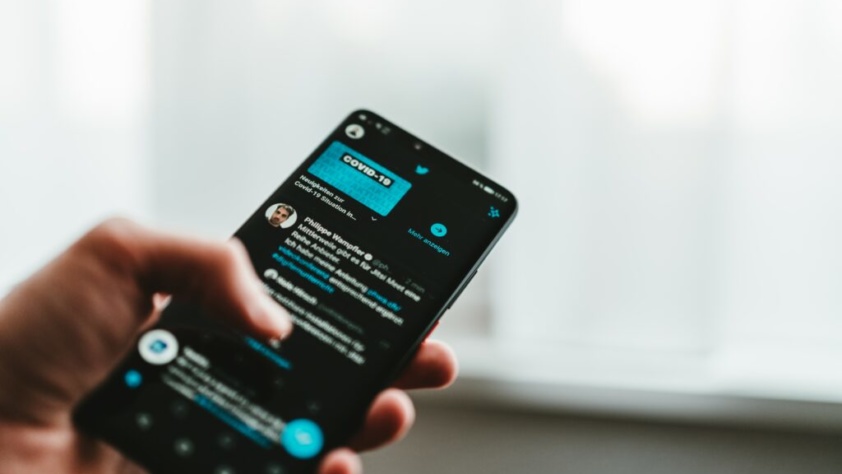For many people in the digital ecommerce world, the terms B2B (business-to-business) and B2C (business-to-customer) are familiar terms used to describe how a business communicates, engages and seeks to inspire its markets.
And although they may sound very similar, they differ vastly in practice. From how individuals perceive a brand to the processes involved in buying products, B2B and B2C have widely different approaches – and the same can go for when each type of business interacts with paid social media marketing too.
Who are B2B Buyers?
B2B buyers are usually an employee of a company who has been tasked to make a purchase decision based on the best interests of the company they work for. These purchases may be for the company themselves, or for resale to a B2C market of other consumers.
Usually B2B buyers make larger purchases, buying wholesale or enrolling in large service packages that benefit the business, with purchasing power easily reaching millions of pounds. However, buyers usually need the authorization from various other stakeholders, often extending the sales cycle length.
Who are B2C Buyers?
B2C buyers are almost exclusively individuals or “customers” who make buying decisions based on their personal tastes and experiences. A purchase may be swayed by the words of an influencer, or simply brand loyalty after trusting the effectiveness of their desired purchase.
Purchase size is usually quite small, with most B2C buyers supplying themselves or their household. Unilateral decisions are made instantly, and one review or advertisement can sway a purchase in an instant.
How To: B2B Paid Social Media Ads
As B2B buyers often follow a strict set of protocols and team decisions, their sales cycle is longer and a more data-driven approach to decision-making is often adopted. Therefore, when conducting marketing or paid social media advertising for the B2B market, eCommerce owners need to focus more on logic and ROI.
Why? Well, these buyers, by their nature, are bound to be less emotional about what you’re selling. What they prefer is to understand how your product or service can help their organisation achieve their goals or benefit their employees.
Marketing strategies should therefore highlight solid return of investments or at the minimum, underline the strong benefits of how your product or service helps save them time, achieve a specific objective, save them money, or all three.
Historically, social media has not benefited B2B sales in the same way it has B2C. Although this is changing, with more brands looking to invest in new media-driven social media like TikTok, the process of selling some detailed POS system on Facebook rarely works out.The only exception we find is worth investing in in LinkedIn. Marketers have, since its inception, been trying to take advantage of LinkedIn’s ability to connect with powerful decision-makers in the world of business.
Research suggests that over 90% of convertible B2B leads come from LinkedIn, with Twitter and Facebook coming in a feeble second and third place respectively. However, as Facebook is seeing a sharp decline in younger users, more and more people are turning to the platform for more professional purposes. Myk Baxter Marketing has a dedicated conversion rate optimisation service for businesses looking to improve their conversion rates.
Facebook ads can help you target audiences based on detailed preferences too, allowing you to gather valuable information about your target markets and experiment with lookalike audiences to find new customers and revenue streams.
How To: B2C Paid Social Media Ads
When targeting individual customers directly, the majority of the time it is beneficial to focus more on the emotional benefits gained from the product or service. Discussing or presenting the benefits in a clear and digestible manner helps build confidence in the buyer and influences their brand loyalty moving forward.
Most individuals will spend less time looking and comparing how each product or service values them – they want to be told in a way that relates to them. Their decision making window is also much shorter than that of B2B buyers, so quick, instantaneous actions are what drive this market.
Fast-paced, media-heavy platforms such as Twitter and TikTok offer a great revenue stream for B2C paid social media ads. Research shows that 53% of Twitter users are likely to be the first to buy new products when they hit the market – no doubt due to the fast and accessible pace the platform prides itself in.
Due to the B2C buyer’s loose buying ability, platforms such as Instagram pair perfectly for B2C marketing and advertising. For those looking for quick returns on visually-appealing products, there’s no better place.
Video-centric platforms like TikTok have risen to fame in recent times, but for a small business to keep up with the professional standards of brand videos found on the platform, a significant investment is required.
At Myk Baxter Marketing, we apply best practices for all our digital marketing services to help businesses attract the markets they require. To create successful B2B paid ad campaigns, organisations need to utilise multiple channels while identifying their goals and constantly measuring the results.
B2C paid ad campaigns on the other hand, require constant adjustment to align with tracked engagement metrics, as well as regular testing through effective strategies like A/B testing. Luckily, MBM can help take control of these complicated processes and ensure growth in both visibility, brand awareness and conversion every time.
The post The Difference Between B2B and B2C Paid Social Media Ads appeared first on eCommerce Expert.





